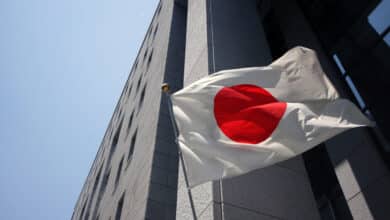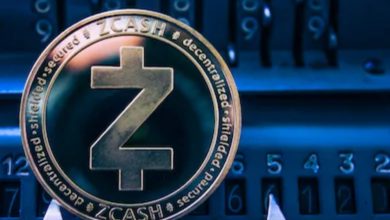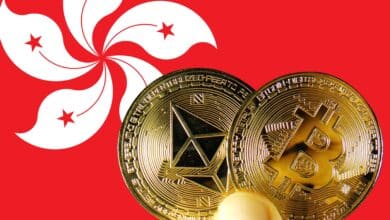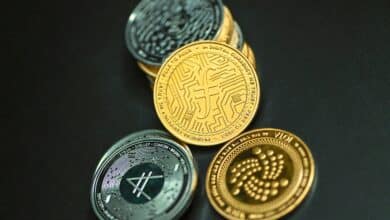What Lies Behind the Mystique of the Nikkei 225 Index?

Equity market indices mirror a nation’s stock trade trends and patterns. The Tokyo Stock Exchange (TSE) stands out as the predominant trading venue in Japan. Notably, TSE isn’t just the leading exchange across Asia and ranks globally’s second most prominent bourse by market cap. The Nikkei 225 serves as the TSE’s primary and most reflective benchmark. In the following discussion, we will delve into the critical characteristics of this index while also exploring the principal elements influencing its performance and valuation.
Interpretation of the Nikkei 225 Index
The Nikkei 225 Stock Average stands as Japan’s principal equity index, encompassing the cream of the crop among 225 Japanese firms. Crafted and calculated by the renowned financial daily “Nihon Keizai Shimbun,” the index draws its name, “Nikkei,” from it. It’s a price-weighted index that presents an overview of Japan’s prime blue-chip organizations across significant sectors.
The Nikkei 225 aims to mirror Japan’s economic conditions and function as a crucial barometer for Asian and international markets. As a reflection of Japan’s stock market health and overall economic performance, it attracts scrutiny from investors and analysts. Moreover, it is recognized as one of the most impactful indices on a global scale.
Beginning of the Nikkei Index
The Tokyo Stock Exchange was formed in 1878 to deal in government bonds. By the 1920s, company shares were also being traded. During World War II, the government merged the TSE with five other exchanges, creating the Japan Stock Exchange. At the war’s conclusion, this exchange temporarily shut down from 1945 until 1949, when it resumed operations and introduced the Nikkei Index.
During the late 1980s, Japan experienced a considerable speculative frenzy, tripling stock and real estate prices between 1985 and 1989. On December 29, 1989, the Nikkei Index soared to an extraordinary peak of 38,957.44 points. Nevertheless, the subsequent year saw a dramatic reversal, with the index shedding approximately one-third of its value.
In 2008, the Nikkei suffered an over 80% decline from its record high, courtesy of the financial crisis.
From 2012 to 2015, government economic stimuli helped the index regain some losses. Nevertheless, it hovered at around 50% beneath its previously attained peak.
TOPIX vs. Nikkei
Another key player in the Japanese equity market is the Tokyo Price Index, commonly known as TOPIX. It’s a well-recognized index but stands distinct from the Nikkei 225 in several ways.
Firstly, the Nikkei 225 includes a specific selection of 225 stocks, whereas TOPIX encompasses every stock listed on the Tokyo Stock Exchange.
Secondly, the Nikkei operates as a price-weighted index, offering greater significance to stocks with higher prices, such as those from tech companies. In contrast, TOPIX applies a market capitalization weighting strategy, attributing more weight to stocks boasting a higher market value, like those from financial institutions.
Moreover, the Nikkei is typically more subject to volatility due to its reliance on fewer stocks. Conversely, TOPIX, representing the entire market, is generally more comprehensive and steady.
In conclusion, TOPIX provides a comprehensive overview of Japan’s market. At the same time, the Nikkei is beneficial for observing major market trends and significant stocks within the nation.
Investment Opportunities in Nikkei 225
Investors outside Japan cannot directly acquire or control stocks from the Nikkei 225 index. Nevertheless, there exist two main avenues for foreign investors to access this index:
The first avenue is through exchange-traded funds (ETFs), which mirror the performance of the Nikkei 225 index. These ETFs house a selection of stocks that closely parallel the index, thus permitting investors to trade them as conventional stocks.
Another approach is for investors dealing in substantial volumes of Nikkei 225-associated ETFs to swap them for index-replicating stocks. This strategy gives them direct access to the corporations in the Nikkei 225, a distinctive benefit of ETFs that allows big investors to reach the base stocks.
Final Thoughts
In conclusion, the Nikkei 225 is a popularly traded index in Japan. It can be a valuable asset for investors, specifically those interested in the nation’s top-tier companies, provided it’s meticulously scrutinized.
Tokenhell produces content exposure for over 5,000 crypto companies and you can be one of them too! Contact at info@tokenhell.com if you have any questions. Cryptocurrencies are highly volatile, conduct your own research before making any investment decisions. Some of the posts on this website are guest posts or paid posts that are not written by Tokenhell authors (namely Crypto Cable , Sponsored Articles and Press Release content) and the views expressed in these types of posts do not reflect the views of this website. Tokenhell is not responsible for the content, accuracy, quality, advertising, products or any other content or banners (ad space) posted on the site. Read full terms and conditions / disclaimer.







